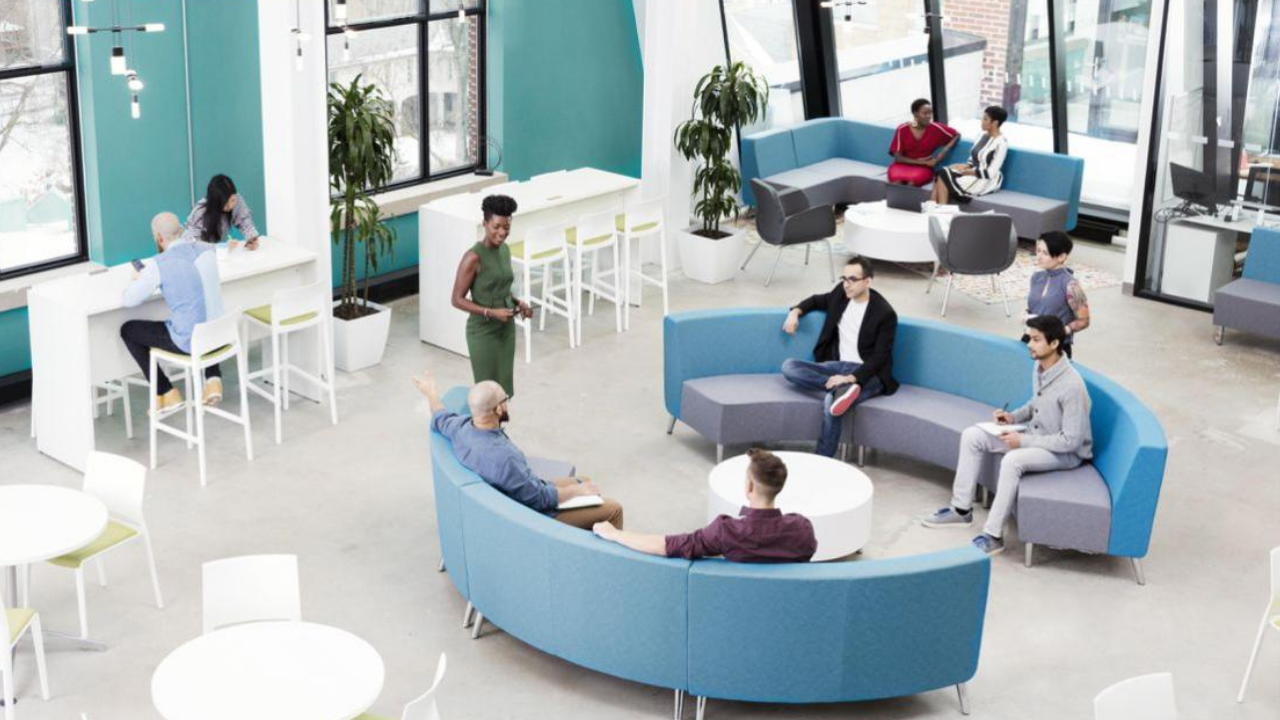Although remote working isn’t a new concept, the mass adoption of this arrangement has upended how society as a whole views the workplace. Now that kitchen counters have become our work desks, companies are reconsidering their reopening strategies and where remote working fits into these plans.
According to Buffer, a transition to a completely remote workforce is unlikely to happen as more employees express their need for social interaction. So what can we expect for the future of the workplace?
A study from Gartner revealed that 74% of CFOs have a plan to transition to a more remote workforce after the pandemic.
Prior to the pandemic, coworking was seen as one of the largest disruptors of the commercial real estate industry. However, these shared workspaces are not the ideal environment for those wanting to return to a safe, clean office.
In order to still utilize these spaces, operators need to reformat their areas that make it possible for professionals to use and collaborate with others, while prioritizing their health and safety.
This shift will likely integrate technologies that make it easier to avoid high-contact spots. For instance, autonomous cleaning solutions, touchless access cards, improved air circulation systems and sensors to track occupancy levels could be the norm moving forward.

 Dr. Gleb Tsipursky – The Office Whisperer
Dr. Gleb Tsipursky – The Office Whisperer Cat Johnson – Coworking Marketing Maven
Cat Johnson – Coworking Marketing Maven Angela Howard – Culture Expert
Angela Howard – Culture Expert Drew Jones – Design & Innovation
Drew Jones – Design & Innovation Andrea Pirrotti-Dranchak – Competitive Advantage
Andrea Pirrotti-Dranchak – Competitive Advantage Jonathan Price – CRE & Flex Expert
Jonathan Price – CRE & Flex Expert Jeremy Fennema – Tech Innovation Alchemist
Jeremy Fennema – Tech Innovation Alchemist







